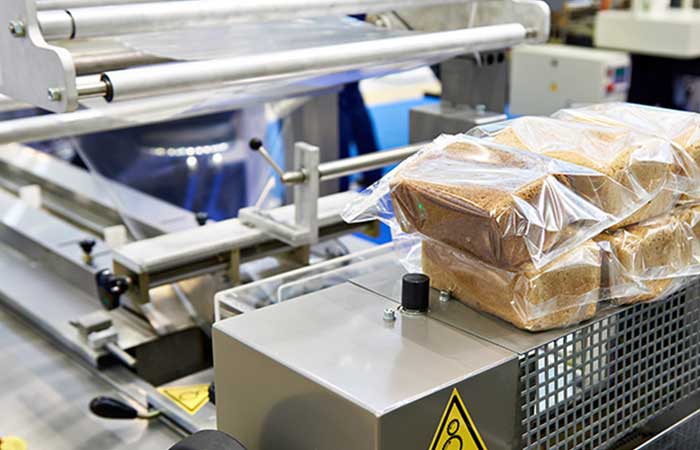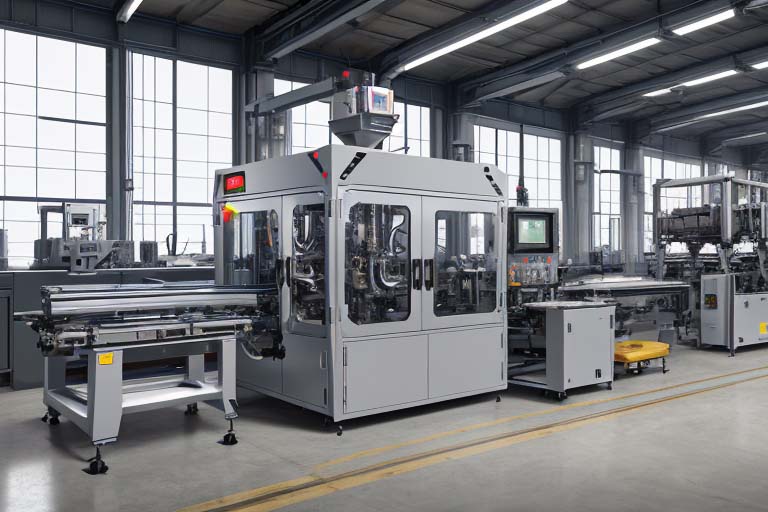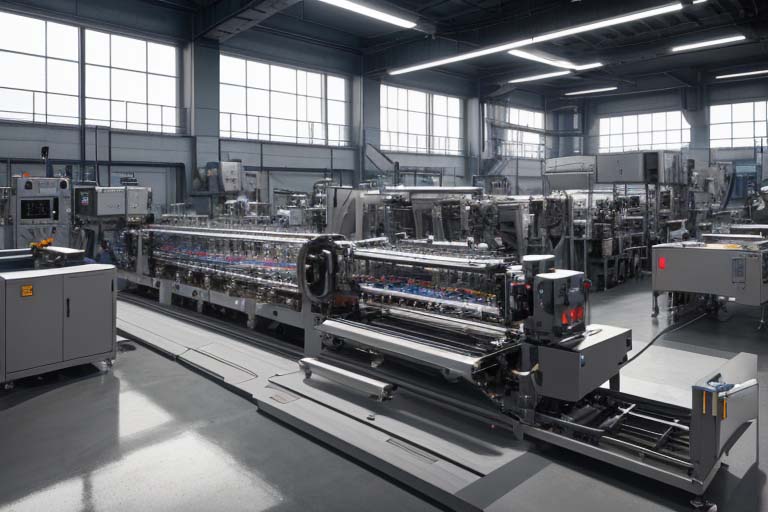Biodegradable vs Recyclable: Which is the Better Packaging Solution – Treehugger Blog
The Battle of Packaging: Biodegradable vs Recyclable
Picture this: you’re walking down the aisles of your local supermarket, trying to make an eco-conscious choice. You see products boasting both biodegradable and recyclable packaging, but which option should you pick? In the realm of sustainability, the debate between biodegradable and recyclable packaging has been ongoing. Let’s delve deeper into these two packaging solutions to understand their environmental impact.
Biodegradable Packaging
Biodegradable packaging is designed to break down naturally over time, returning to the earth without leaving harmful residues. This packaging is often made from materials like cornstarch, sugarcane, or plant-based plastics. One of the key advantages of biodegradable packaging is its ability to decompose without releasing toxic chemicals into the environment.
In recent years, biodegradable packaging has gained popularity due to its eco-friendly nature. From compostable bags to biodegradable containers, this packaging solution appeals to those looking to reduce their carbon footprint.
Recyclable Packaging
Recyclable packaging, on the other hand, is designed to be collected, processed, and reused. Materials like paper, cardboard, glass, and certain plastics can be recycled multiple times, conserving resources and reducing waste. By choosing products with recyclable packaging, consumers play a vital role in the circular economy.
While recyclable packaging offers the benefit of being reused, it is important to note that not all materials are easily recyclable. Contamination, inadequate collection systems, and lack of consumer awareness can hinder the recycling process, leading to materials ending up in landfills.
Comparing the Two
When it comes to biodegradable vs recyclable packaging, both options have their merits and limitations. Biodegradable packaging is ideal for single-use items that are likely to end up in the environment, such as food containers and cutlery. On the other hand, recyclable packaging thrives in a closed-loop system, where materials can be continuously repurposed.
While biodegradable packaging offers a solution for reducing plastic waste, it requires specific conditions for proper decomposition. In contrast, recyclable packaging relies on efficient recycling infrastructure and consumer participation to prevent materials from being discarded in landfills.
The Verdict
Ultimately, the choice between biodegradable and recyclable packaging depends on various factors, including the type of product, local recycling facilities, and consumer behavior. By opting for products with either biodegradable or recyclable packaging, individuals can contribute to a more sustainable future.
So next time you’re shopping for groceries or household items, consider the environmental impact of the packaging. Whether you choose biodegradable or recyclable, each decision plays a crucial role in minimizing waste and protecting our planet for generations to come.
-
01
Automatic Tray Loading and Packaging Equipment: Boost Efficiency to 160 Bags/Minute
21-11-2025 -
02
Automatic Soap Packaging Machine: Boost Productivity with 99% Qualification Rate
21-11-2025 -
03
A Deep Dive into Automatic Toast Processing and Packaging System
18-11-2025 -
04
The Future of Bakery Production: Automated Toast Processing and Packaging System
18-11-2025 -
05
Reliable Food Packaging Solutions with China Bread, Candy, and Biscuit Machines
11-10-2025 -
06
High-Performance Automated Food Packaging Equipment for Modern Production
11-10-2025 -
07
Reliable Pillow Packing Machines for Efficient Packaging Operations
11-10-2025 -
08
Advanced Fully Automatic Packaging Solutions for Efficient Production
11-10-2025 -
09
Efficient Automatic Food Packaging Solutions for Modern Production
11-10-2025 -
10
Advanced Automatic Packaging Equipment for Efficient Production
11-10-2025


















